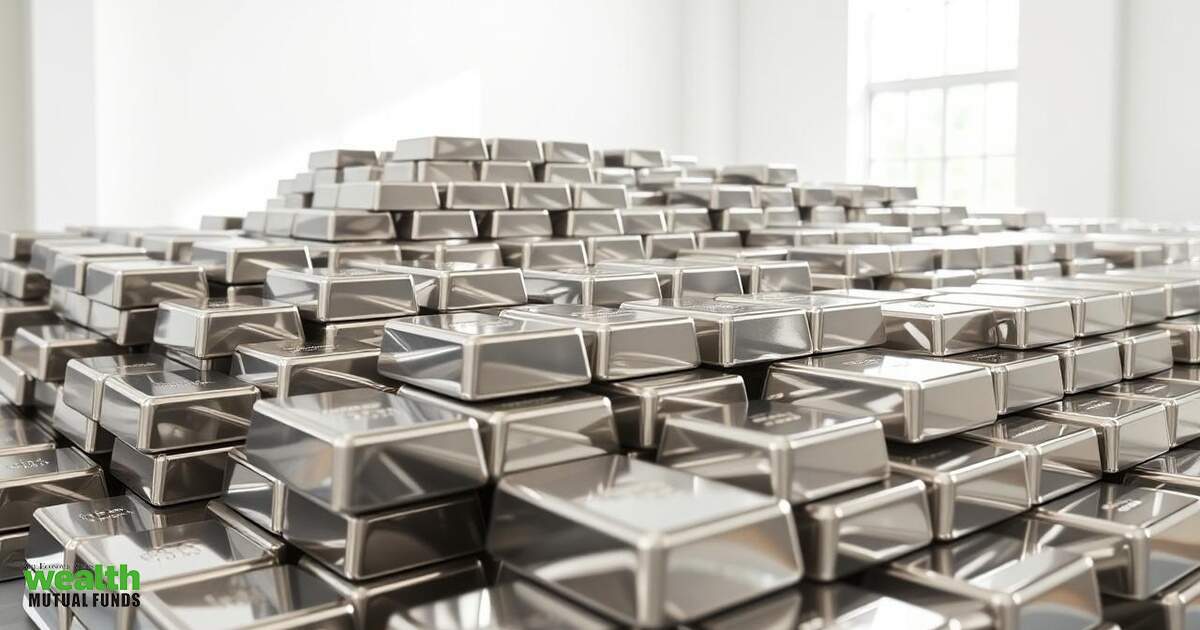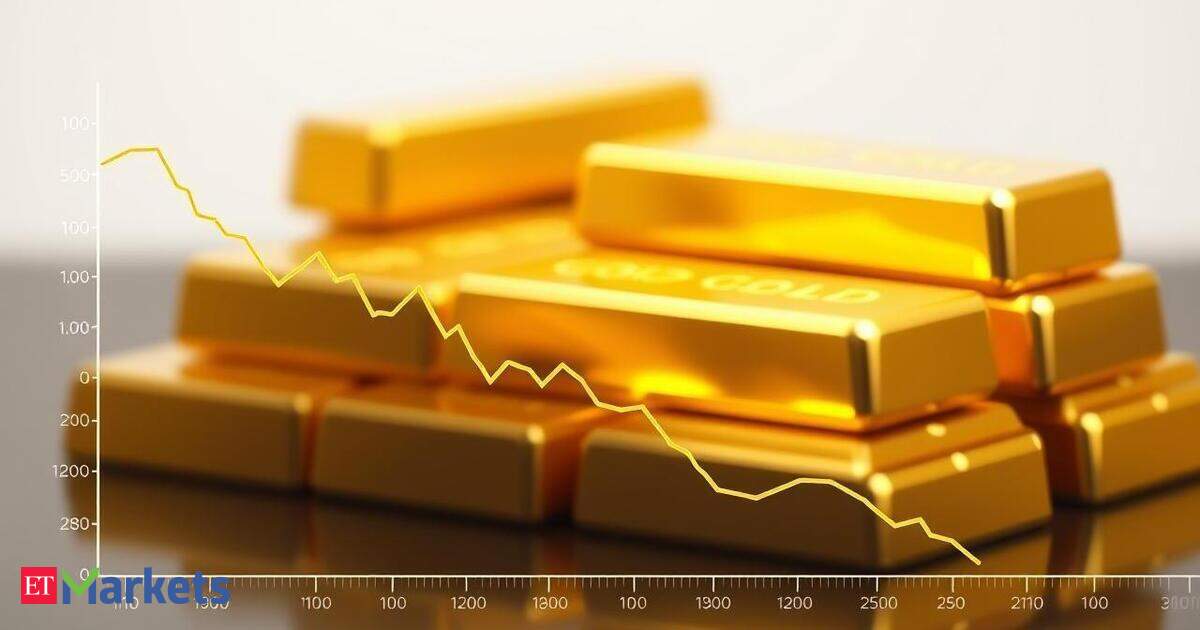Before adding any asset to your core portfolio, it must serve a clear and consistent purpose. Broadly speaking, every core asset should fulfill one or more of four essential roles: enhance long-term returns, reduce overall portfolio volatility, act as a crisis hedge during market turmoil, or generate regular income. Let’s evaluate how silver performs across these four dimensions.
Also Read | NFO Insight: Capitalmind Mutual Fund’s flexi cap fund opens for subscription. Will it help to manage current market volatility?
1. Long-term return enhancement
Historically, silver has not delivered strong long-term returns compared to traditional core assets like equities or gold. For instance, over the past 50 years, Rs 1 lakh invested in silver would have grown to approximately Rs 77 lakh. In contrast, the same investment in gold would have multiplied to around Rs 2.07 crore. Equities, particularly the Nifty 50, have fared even better over the long term.
A rolling return analysis across 5-, 7-, and 10-year holding periods shows that silver underperformed gold and equities nearly 80% of the time. Even when measured through lump sum investment return matrices, silver consistently lagged behind—except for a brief window during the 1991–1997 period. Overall, silver does not improve the long-term growth trajectory of a portfolio and fails this core role.
2. Volatility reduction
One might hope that silver could reduce portfolio volatility, much like gold or high-quality bonds. However, historical data suggests otherwise. Silver is highly volatile, with average intra-year declines of around 24%—significantly higher than gold’s 14%. The most severe decline, after the 1980 price spike, wiped out nearly 88% of its value, and the asset took 26 years to fully recover.Even the drawdown following the 2011 silver peak has not been fully reversed, more than a decade later. These prolonged and frequent periods of deep corrections make silver unsuitable for investors seeking stability and capital preservation.
3. Crisis hedge
During times of market turmoil, gold has traditionally served as a safe haven, often appreciating as equities fall. Silver, on the other hand, does not share this defensive quality. In all major equity market declines exceeding 35%, silver either fell alongside stocks or underperformed gold. Rather than offering protection, silver tends to behave like a risk asset during crises, failing to act as a reliable hedge.
Also Read | Confused between gold and silver? Why not leave it for fund manager to decide
4. Income generation
Silver, like most commodities, does not produce any income. It does not pay interest, dividends, or rent, making it unsuitable for income-oriented investors. In contrast, assets like real estate and bonds offer regular cash flows, which are essential for many retirees or conservative investors. Silver fails this final core role as well.
Tactical use case: Is silver a trading opportunity
While silver does not meet the criteria for core portfolio inclusion, it may still appeal to investors seeking tactical or thematic exposure. Silver’s price has historically moved in multi-year cycles—upcycles typically last 8–10 years, while downcycles can persist for a similar duration. If timed correctly, investors can benefit from strong short-term rallies. However, silver’s cyclicality is a double-edged sword. A poorly timed entry or exit could result in steep losses or wiped-out gains. This makes tactical exposure to silver more suitable for seasoned investors with a strong grasp of market timing and discipline.
Evaluating tactical timing: Two key indicators
To improve timing odds, investors can track two evidence-based indicators: supply deficit/surplus trends and silver’s relative performance vs gold.
1. Silver supply deficit or surplus
Silver has been in a supply deficit for the past six consecutive years. Historically, deficit cycles can boost prices, but even during such phases, silver outperformed gold in only two out of four cases and even then, only modestly (1–2% CAGR). With supply expected to catch up soon, this tailwind may be weakening.
2. Silver’s relative performance vs gold
When silver significantly underperforms gold over 3, 5, and 7 year periods and this coincides with a supply deficit, it has sometimes gone on to outperform gold in subsequent years. However, the current situation shows a mixed picture: silver underperforms over 3 and 7 years but slightly outperforms over 5 years. Also, the magnitude of underperformance over 7 years isn’t significant, which weakens the tactical case further.
Also Read | Sebi proposes to bring uniformity in valuation process of gold and silver ETFs
Silver’s unique dual identity of precious metal and industrial commodity makes it interesting, but interest alone isn’t a strong enough reason to invest. Based on long-term data, silver fails to deliver on all four key roles of a core portfolio asset. It neither enhances long-term returns, nor reduces volatility, nor acts as a crisis hedge, nor generates income.
Even from a tactical standpoint, silver’s current indicators suggest caution. While short-term opportunities may emerge, they require precise timing, which most investors struggle to execute consistently. In a diversified and disciplined portfolio, silver may serve better as a small satellite exposure rather than a meaningful core allocation.
Silver may be attractive from a narrative standpoint, but the data doesn’t support a significant role either as a core or a tactical asset. As always, building a resilient portfolio means prioritizing assets with consistent performance across market cycles.
(Author of the article is Jiral Mehta, Senior Research Analyst at FundsIndia)
(Disclaimer: Recommendations, suggestions, views, and opinions given by experts are their own. These do not represent the views of the Economic Times)




